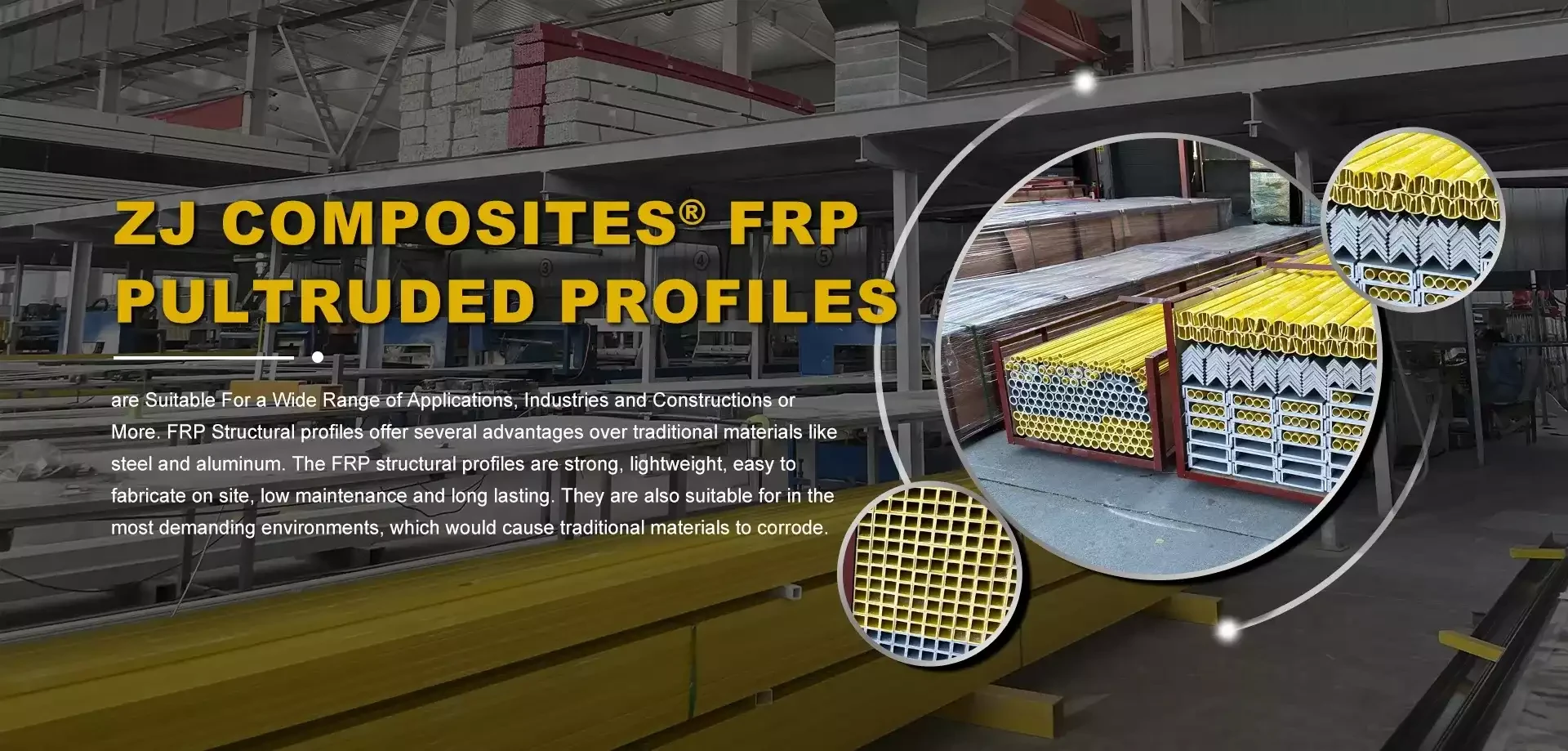loading...
- No. 9, Xingyuan South Street, Dongwaihuan Road, Zaoqiang County, Hengshui, Hebei, China
- admin@zjcomposites.com
- +86 15097380338
- Welcome to visit our website!
floor grating price
Understanding Floor Grating Prices A Comprehensive Guide
Floor grating is an essential component in various industrial and commercial applications. From manufacturing plants to commercial kitchens, the use of grating offers safety, durability, and ease of maintenance. However, when considering the installation of floor grating, understanding pricing is critical. This article delves into the factors that influence floor grating prices and provides insights to help you make informed decisions.
What is Floor Grating?
Floor grating refers to a framework of open spaces designed to allow the passage of light, air, and drainage while providing a sturdy surface for walking or working. Common materials used for floor grating include steel, fiberglass, and aluminum. Each material has its unique properties and applications, which can greatly influence the price.
Factors Influencing Floor Grating Prices
1. Material Type The choice of material is one of the most significant factors affecting the price of floor grating. Steel grating is often the most economical choice and is widely used due to its strength and durability. However, it may require additional treatments, such as galvanizing, to protect against rust, which can increase costs. Fiberglass grating, while more expensive, is corrosion-resistant and lightweight, making it ideal for environments with harsh chemicals. Aluminum grating offers a good balance between strength and weight but tends to be pricier than steel.
2. Grating Size and Design The dimensions of the grating and the design also play crucial roles in determining the price. Standard sizes are typically more affordable compared to custom cuts or unique designs, which may incur additional fabrication costs. Furthermore, grating with specific load-bearing capacities or patterned designs for aesthetic purposes can add to the overall expenditure.
3. Weight Load Capacity Floor grating is engineered to support specific weights, and those with higher load capacities generally cost more. In applications where heavy machinery or constant foot traffic is expected, investing in stronger, more durable grating may be necessary, thereby impacting the price.
floor grating price

4. Installation Costs While the grating itself represents a significant portion of the total expenditure, installation should also be considered. Depending on the complexity of the installation and the type of grating used, labor costs can vary widely. Hiring a professional may result in higher upfront costs but can save money in the long run by ensuring that the grating is safely and correctly installed.
5. Regional Differences Pricing can vary geographically due to factors such as local demand, geographical location, and availability of materials. Areas with higher construction activity or limited suppliers may experience inflated prices.
6. Additional Features Optional features such as anti-slip surfaces, coatings for enhanced durability, or special designs intended for specific environments (e.g., food processing facilities) can also affect costs. It's essential to assess your specific needs and how they align with your budget.
Getting the Best Value
When seeking to purchase floor grating, it’s crucial to balance upfront costs with long-term performance. It's advisable to obtain quotes from multiple suppliers and consult with industry experts to understand the best options for your specific application. Look for suppliers that provide detailed product information and recommendations based on your needs.
Additionally, consider lifecycle costs, including maintenance and replacement, to find the best value. Investing in higher-quality materials may incur a higher initial cost but can lead to savings through reduced maintenance and longer lifespan.
Conclusion
Understanding the various factors that influence floor grating prices is essential for making informed purchasing decisions. By considering material, design, load capacity, installation costs, regional pricing variations, and additional features, you can better navigate the market and find grating solutions that meet both your functional requirements and budget. Investing time in research and understanding your specific needs will ensure you make the best choice for your project and achieve value for your investment.
-
The Rise of FRP Profiles: Strong, Lightweight, and Built to LastNewsJul.14,2025
-
SMC Panel Tanks: A Modern Water Storage Solution for All EnvironmentsNewsJul.14,2025
-
GRP Grating: A Modern Solution for Safe and Durable Access SystemsNewsJul.14,2025
-
Galvanized Steel Water Tanks: Durable, Reliable, and Ready for UseNewsJul.14,2025
-
FRP Mini Mesh Grating: The Safer, Smarter Flooring SolutionNewsJul.14,2025
-
Exploring FRP Vessels: Durable Solutions for Modern Fluid HandlingNewsJul.14,2025
-
GRP Structures: The Future of Lightweight, High-Performance EngineeringNewsJun.20,2025
